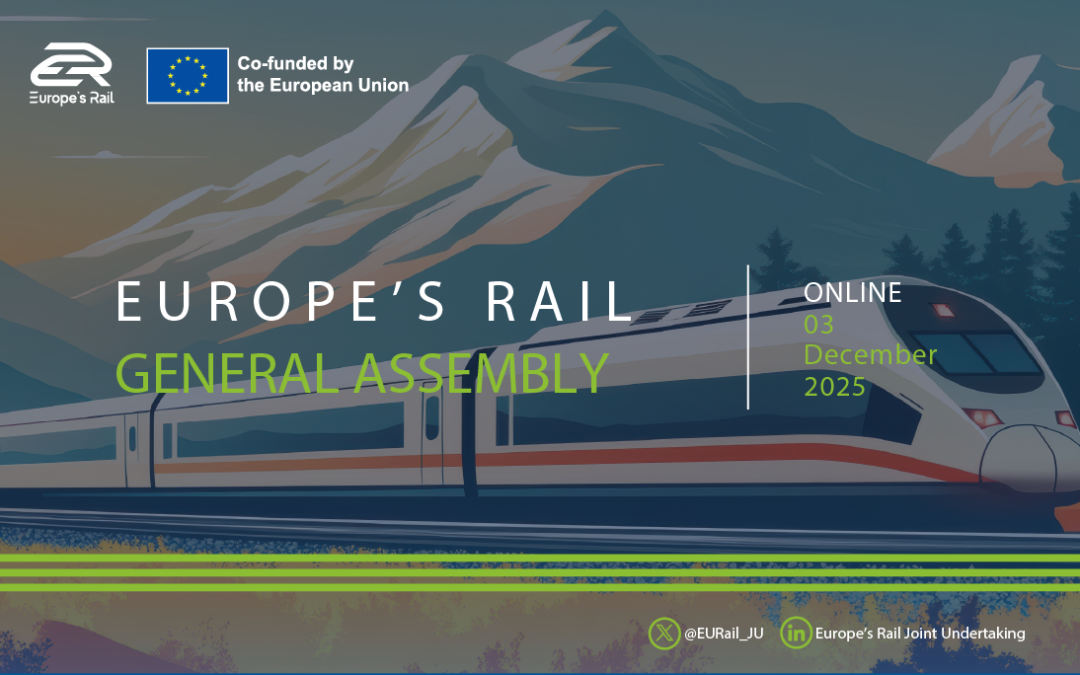Among the nine major Flagship Projects (FPs) funded by Europe’s Rail Joint Undertaking (EU-Rail), FP2-R2DATO plays a...
D6.5-Specification of demand analysis algorithms
Output type:
The EU-Rail FP6 Future project’s Work Package 6 focuses on Regional Rail Services Requirements & Specifications, with the objective of developing and demonstrating highly accurate multimodal travel solutions for both on-board regional vehicles and at regional rail stations, for passengers and freight. Task 6.4 of WP6 focuses on providing short- and long-term travel demands using machine learning algorithms, enabling a more dynamic response to changing demand and allowing for the adjustment of planned rail services. This deliverable, “Specification of demand analysis algorithms”, is a crucial component of the project, providing specifications for demand analysis algorithms under the specific view of regional lines. This deliverable will include use cases, system actors, capabilities and requirements, high-level architecture, exchange scenarios per use case, interfaces and standards, and algorithm descriptions. The report’s purpose is to provide a comprehensive understanding of the specifications of demand analysis algorithms, ensuring that they meet the project’s objectives and requirements. The report details the scope of the work, including the partner’s developments involved, and the techniques used to develop the demand analysis algorithms. The report was developed considering also FP1 MOTIONAL project specifications on this topic, having a deep alignment on the designed solution. The main findings and conclusions of the deliverable highlight the added value of the work, particularly in overcoming the current limitations of the public transport system, which often leads to costly operations and an inability to react to changing demand. The demand analysis algorithms developed in this deliverable will enable a more dynamic response to changing demand, reducing costs and improving the overall efficiency of regional rail services.
















